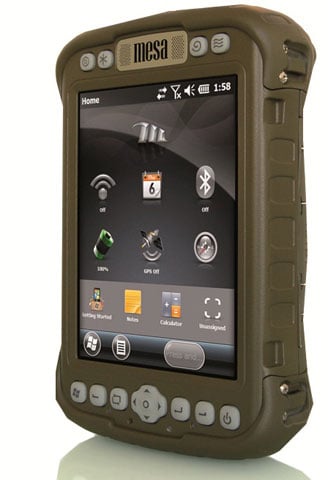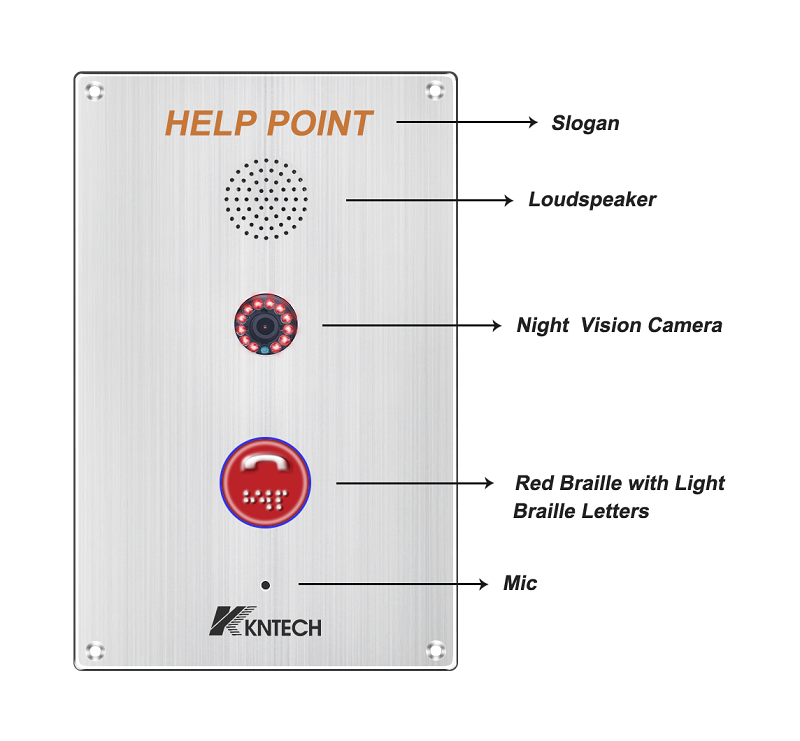
Building a Four-Way Capacitive Touch Sensor Now that we have understood the principal, let's move on to the making of actual PCBs. So, the interaction of the finger with the capacitor's electric field causes an increase in dielectric constant hence the capacitance increases. If you are asking how? It's because the dielectric constant of the air 1006 at sea level room temperature and the dielectric constant of the finger is much higher around 80 because a human finger consists of mostly water.

In our case, it's air, we are displacing air with our fingers. We cannot change the area of the capacitor just by touching it but we can sure change the dielectric constant of the capacitor because a human finger has a different dielectric constant than the material displaying it. It's common knowledge that a capacitor has a constant value which can be realized by the area of the two conducting plates, the distance between the plates, and it's dielectric constant. So, the finger isn't able to discharge the capacitor. But before we discuss all this, it's important to note that there isn't any conduction taking place, and the finger is insulated, because of the paper used in the sticker. So, we will turn our focus towards the capacitive based touch sensor. We are going to be using a capacitive based touch. Well, there are mainly two reasons: First, one includes the dielectric properties of our finger, the second one is because of the conductive properties of our finger. A good example would be the one which we are going to develop in the following example.Ĭonsidering the etched PCB as the conductive material, the sticker is acting as a dielectric material, so now the question remains, how touching the copper pad causes the capacitance to change in such a way that the touch-sensor controller is able to detect? A human finger, of course. The most common once comes in the form of a leaded package or a surface mount package but to form a capacitance, we need conductors separated by a dielectric material. What is a Capacitive Touch Sensor and How Does it Work?Ĭapacitors come in many forms. In the previous tutorial, we have done Control Home Lights with Touch using TTP223 Touch Sensor and Arduino UNO, Now in this project, we are building a Touch sensor for ESP32 but the same can be used for Arduino as well. Also, we previously used touch-based input methods using capacitive touch pads with different microcontrollers such as Touch Keypad Interfacing with ATmega32 Microcontroller and Capacitive TouchPad with Raspberry Pi, you can also check them out if interested. Though application-specific touch sensors can be a little complicated, the fundamental principle underlying this technology stays the same, so in this article, we will be focusing on developing our capacitive touch sensor with the help of our favourite ESP32 and a piece of copper-clad board.


Both resistive and capacitive touch methods can be employed to develop a touch sensor, and in this article, we will discuss a crude way of making a capacitive touch sensor with ESP32, previously we have also build a Capacitive touch button with Raspberry pi.

And within the last decade or so, it has become difficult to imagine the world without touch-sensitive electronics. Touch sensing technology is becoming popular day by day. The advantage is that we don't have to provide force to press a button, and we can activate a key without touching it using touch sensors. In many cases, touch sensors are used instead of push buttons.


 0 kommentar(er)
0 kommentar(er)
